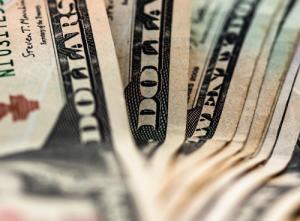In 2021, the average income before taxes of the lowest income households in the U.S. (the lowest quintile) was only one-seventeenth of the income before taxes of the highest income households (the highest quintile). One-seventeenth. That is indeed a very small fraction.

Even after taxes, the average income for the lowest income households was only one-twelfth of the average for the highest income households. One-twelfth. That’s still a very small fraction.
Then, compare the households at the two income extremes with respect to their total expenditure on all consumer goods and services. The average total expenditure by the lowest income households was one-fourth of that by the highest income households.
Next, compare the households at the two income extremes with respect to their expenditure on electric utility service, among all the categories of goods and services that consumers spend their money on.
For the hundred and thirty-four million households in the U.S., at all incomes, their electric bills totaled two hundred billion dollars in 2021.
Fifteen and a half percent of that total, thirty-one billion dollars, was paid by the lowest income households. At the other end of the scale, twenty-five and a half percent of that total, fifty-one billion dollars, was paid by the highest income households.
It’s true that the twenty-seven million highest income households did pay more for their electric utility service than the twenty-seven million lowest income households. Though one might have assumed that there would be a more dramatic difference between what was paid for electricity by the highest and lowest incomes.
The average expenditure for electricity by the lowest income households was surprisingly more than three-fifths of the average by the highest income households. Which means what the lowest and highest incomes spend on electricity is far closer than what they spend on all goods and services in total.

